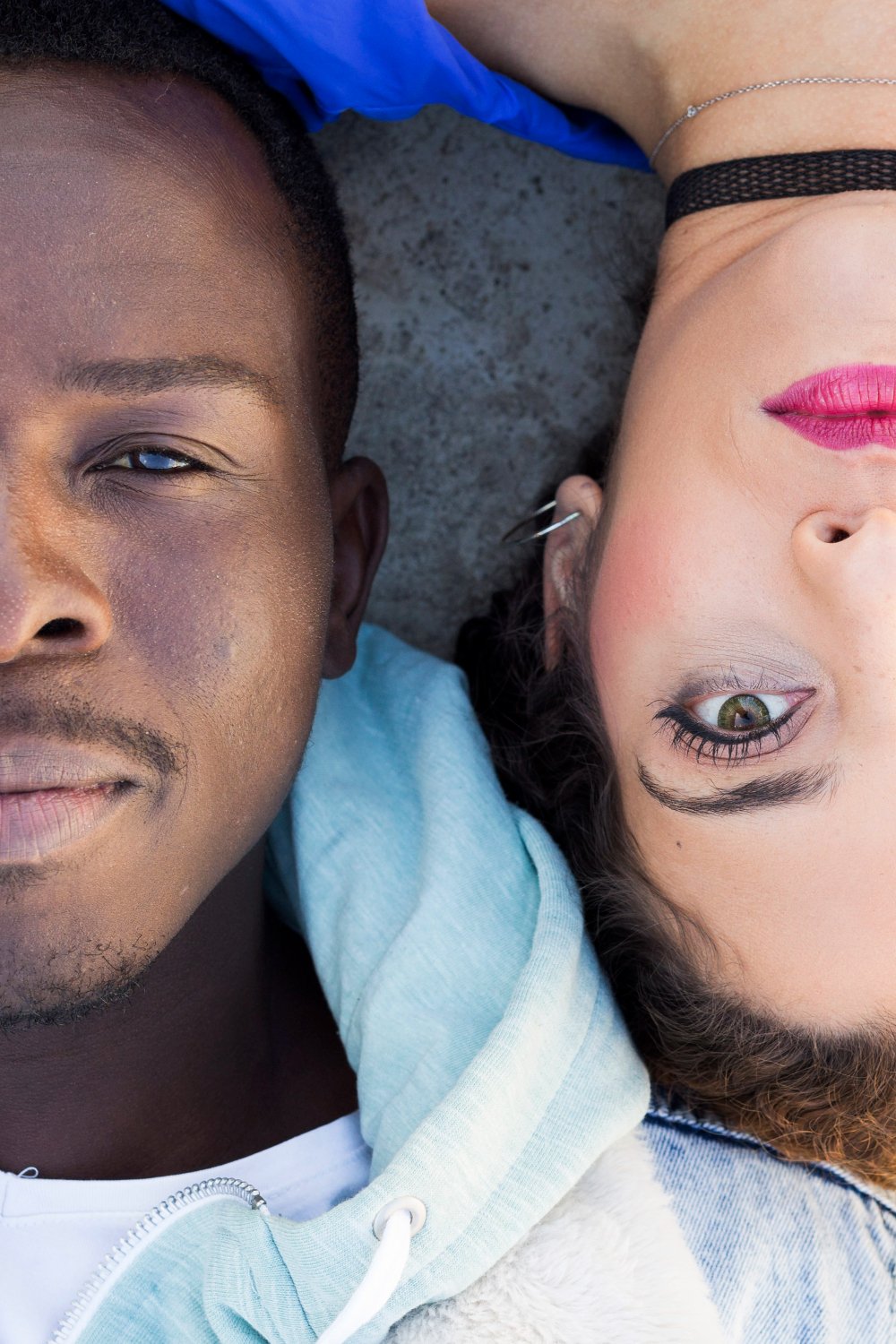Heterochromia is a rare and captivating condition where someone has two different eye colors — or varying shades in one eye.
Below are the types, causes, and scientific mysteries behind this striking trait.
What Is Heterochromia?
Heterochromia means “different color” in Greek. It refers to a condition where a person’s irises — the colored part of the eye — are not the same shade.
It can look like:
One eye blue, the other brown
One eye with a half-and-half blend
A single eye with a distinct color streak
It’s not just unusual — it’s mesmerizing.
The 3 Main Types of Heterochromia
- Complete Heterochromia
Each eye is a completely different color. Example: One eye is green, the other is hazel. - Sectoral (Partial) Heterochromia
A single eye contains two colors in segments or slices.
Example: A blue eye with a brown patch. - Central Heterochromia
There’s a different color around the pupil that radiates outward in a ring.
Example: A gold center surrounded by blue.
This type is the most common — and often mistaken for light reflection.
What Causes Heterochromia?
- It can be genetic, meaning you’re born with it.
- Sometimes, it’s due to gene mutations affecting melanin — the pigment that gives color to skin, hair, and eyes.
- Other times, heterochromia develops later in life due to: Eye injuries, Certain medications or Medical conditions (like Horner’s Syndrome or Waardenburg Syndrome)
- In rare cases, it can be a sign of an underlying issue — but in most people, it’s harmless and purely cosmetic.
How Rare Is It?
Only about 1 in every 200 people has some form of heterochromia.
It’s more common in animals — especially cats, dogs (like Huskies), and horses.
In humans, it tends to draw attention. Think of celebs like:
Kate Bosworth – one eye is half hazel, half blue
Mila Kunis – one eye brown, one green (from an eye condition)
Henry Cavill – subtle central heterochromia
What Heterochromia Says About You; While science doesn’t link it to personality, many cultures see it as mystical or symbolic.
Some myths say:
It’s a sign of duality (seeing both sides of life)
It means you’re born with a “watcher’s eye” (deep intuition)
It’s a mark of uniqueness or divine favor
Whether or not you believe the legends, there’s no denying it: heterochromia makes you unforgettable.
Can It Be Treated or Changed?
Since most cases are harmless, there’s no need for treatment. But if it appears suddenly, doctors may check for any health concerns. Some people wear colored contact lenses for cosmetic reasons — either to match their eyes or enhance the contrast.
Embrace the Difference
Heterochromia reminds us that beauty doesn’t follow rules.
It’s nature’s way of saying, “You were never meant to blend in.”
So if your eyes don’t match? That’s not a flaw — that’s a signature.





